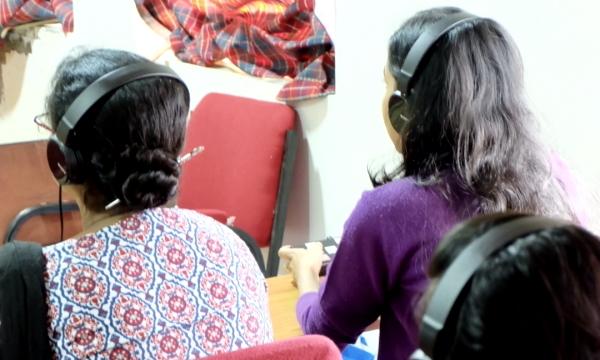The vocabulary of any language comes from different sources as words are often borrowed from one language into another, especially in situations of language contact. English, for example, shares many words with French because a large number of French and Latin (Romance) borrowings entered the English language, particularly after the Norman Conquest in 1066.
Other languages, for example Dutch and German, have also borrowed a considerable number of Romance words. When a word is borrowed, its pronunciation is adapted to fit the sound system of the new language (e.g. ‘beef’ from Old French ‘boef’). Therefore, there are many cases where the same word is borrowed into different languages but is pronounced differently because the languages’ sound systems differ.
In this project, we are investigating the stress patterns of Romance loanwords in Dutch, English, and German. Some of these words are pronounced in the same way in all three languages (e.g. vendétta) while others show certain differences particularly in vowel quality and stress (e.g. horízon (E), hórizon (D), Horizónt (G)).
The project consists of two distinct research strands:
- A historical theoretical study in order to create a timeline of borrowings as well as a synchronic description of patterns of phonological adaptation into the three host languages.
- A psycholinguistic investigation concerned with the processing of words which differ in their stress patterns across the languages in Dutch and German second-language (L2) learners of English.

